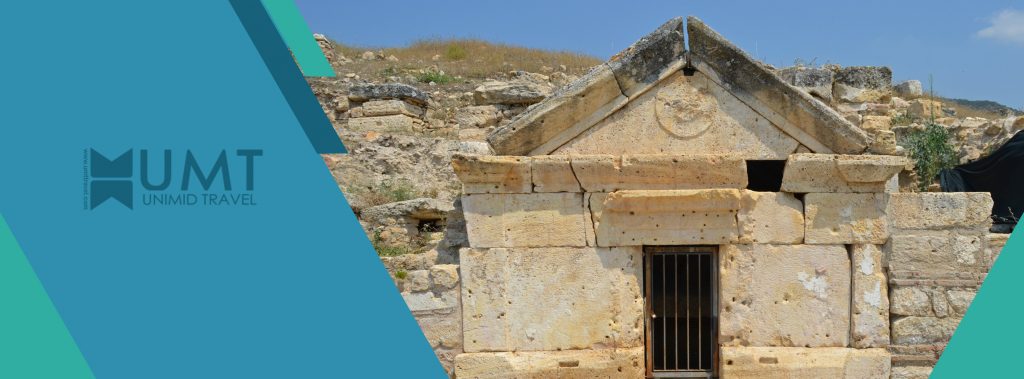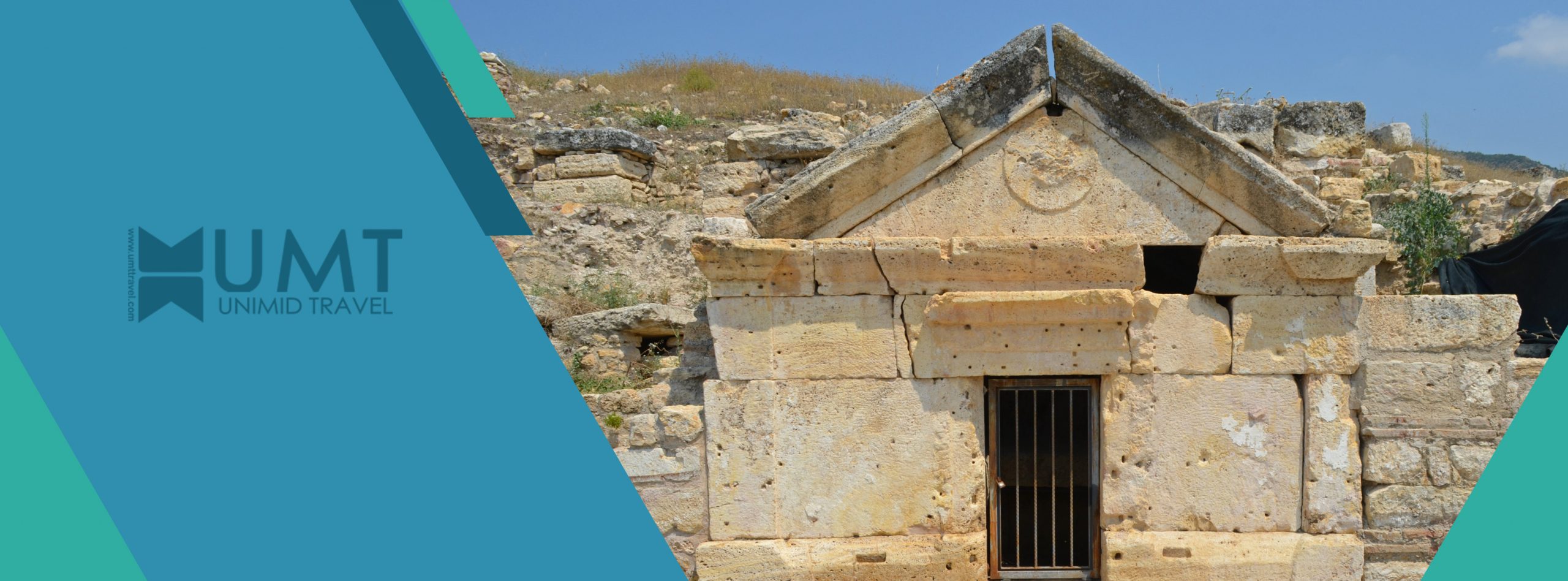Hightlight
-
 Reservations
Reservations
-
 Tour Guide
Tour Guide
-
 VIP Transfer
VIP Transfer
Church of St. Philip
Hierapolis (now Pamukkale) rarely appears in historical sources, but excavations have revealed significant Byzantine remains. Notable among them is the richly decorated octagonal Church of St. Philip, built on the site of the apostle’s alleged tomb and surrounded by a large rectangular colonnade in the late 4th/early 5th century. It was never rebuilt after its destruction by fire in the mid-6th century. The site also contains four other large basilical churches of the 5th-6th centuries, one of which was built into a Roman bath. The churches, large and numerous for a relatively small city, indicate that Hierapolis was considered a particularly holy site. Secular buildings are poorly known; the city walls have been assigned to the 4th/5th century. By the 10th century, Hierapolis was in decline. Churches had been replaced by small chapels and squatters occupied the shrine of St. Philip as the city came to resemble a village.
هیراپولیس (پاموکاله کنونی) به ندرت در منابع تاریخی دیده می شود، اما کاوش ها بقایای بیزانسی قابل توجهی را نشان داده است. قابل توجه در میان آنها کلیسای هشت ضلعی سنت فیلیپ است که در محل مقبره رسول ساخته شده است و در اواخر قرن چهارم / اوایل قرن پنجم توسط یک ستون مستطیل شکل بزرگ احاطه شده است. پس از تخریب آن در آتش در اواسط قرن ششم، هرگز بازسازی نشد. این سایت همچنین شامل چهار کلیسای بزرگ دیگر باسیلیکال مربوط به قرن پنجم تا ششم است که یکی از آنها در یک حمام رومی ساخته شده است. کلیساها، بزرگ و متعدد برای یک شهر نسبتاً کوچک، نشان میدهند که هیراپولیس مکان مقدس خاصی به حساب میآمد. ساختمان های سکولار کمتر شناخته شده اند. دیوارهای شهر به قرن چهارم/پنجم اختصاص یافته است. در قرن دهم هیراپولیس رو به زوال بود. کلیساها با کلیساهای کوچک جایگزین شده بودند و ساکنان معبد سنت فیلیپ را اشغال کردند زیرا شهر شبیه یک روستا شد. در سال 1190 ویران و متروک شد.










